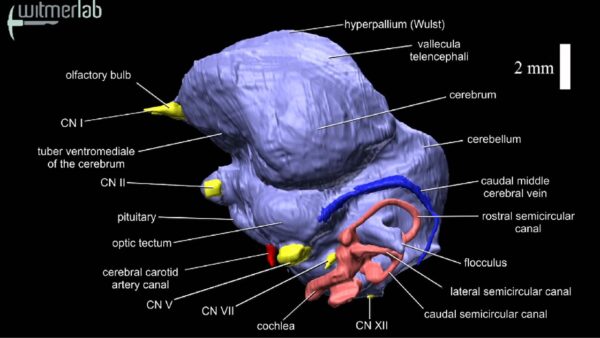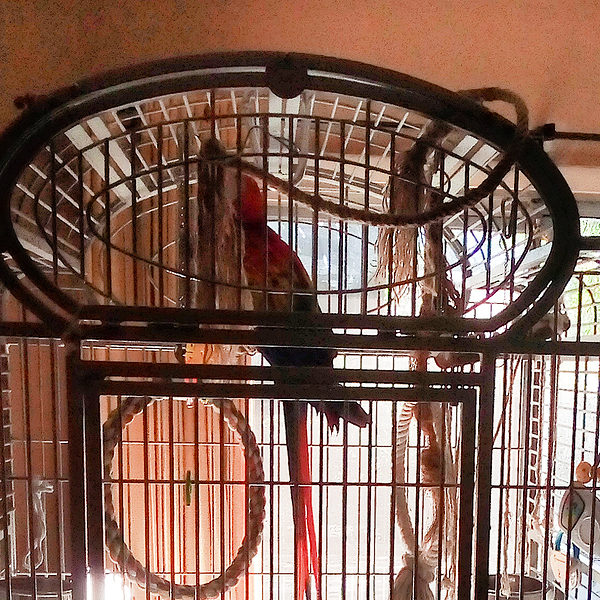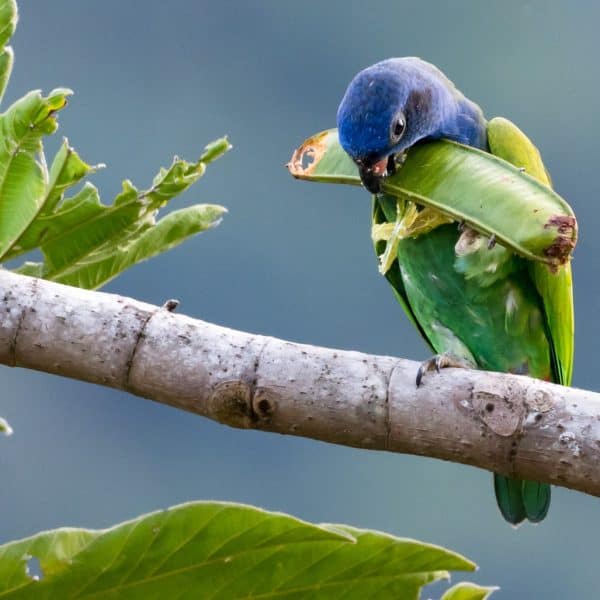
jaqute-droz-watch-blog
DYK – Your Bird Keeps Better Time than a Swiss Watch?
Last Updated on by Mitch Rezman
Quick, say “diurnal, circadian, or photoperiodic clock” five times fast. And that my friend explains how your bird can tell time. Although your bird cannot tell what day it is it does know what the month is of each year using its circannual (calendar) clock. It actually knows the precise time of day (just not what day it is).
iPhone might have Siri but with no Internet connection whatsoever your bird gets “messaged” on a regular basis, indicating the proper times to change feathers (molt), when to breed, and with migrating birds, when to migrate.
Factoid: there are only two parrots, the Swift and the Orange-bellied, that migrate. These parrots spend the summer in Tasmania and spend their winter on the mainland of southern Australia flying across the Bass Strait, a very treacherous body of water.
So where are these (phototrophic) “messages” coming from? Light entering the eye finds its way to the pineal gland and the pineal gland is where you’ll find a bird’s circadian clock. Near the front of the brain, specifically. This is really an interesting piece of anatomy as it’s made up of a group of cells that never stop jitterbugging. They always oscillate even when scientists remove them (the cells) from the birds and put them into test tubes. We, humans, have pineal glands, regrettably lacking a circadian clock, but I digress.

Avian brain & spinal cord – Image courtesy of the US government.
The hatching of your bird turns the circadian clock on. Although it is an accurate clock, it does need some adjustment throughout the life of the bird. Signals from your bird’s environment like sunlight and how long the days are reset this clock. The process is called entrainment.
Does anyone remember Roy G. Biv from grammar school? Not the kid that always got beat up. It’s the acronym that helped us remember the colors of the rainbow Red Orange Yellow Green Blue Indigo Violet which when all put together form Full-spectrum light. Turns out our birds’ circadian clocks’ favorite flavor is “red light” (640 nm – wavelength)
I talk about the importance of full-spectrum lighting a lot because when birds don’t get exposed to consistent natural sunlight like light, their circadian clocks become “free runners”. Outdoor birds who rely on the sun as a source of sunlight are able to keep their circadian clocks in better working order than caged birds.
Pluckers and screamers are heartbreakers for all caged bird keepers. Plucking does not occur in the wild – period. Birds in the wild are exposed to natural sunlight daily. Please think about that the next time you wonder if a full spectrum light bulb with UVA and UVB is really worth it.
Remember that regardless of the effort you put into helping reproduce your bird’s natural environment, there isn’t a bird in the sky who can’t tell the difference between a 24-hour day living 300 miles north of the equator and 2 – 12 hour cycles of artificial full-spectrum lighting and real darkness. Birds can actually tell the shape of light and the movement of the sun. It’s incumbent upon us to help our birds cope with an environment that from an evolutionary point of view, they were never intended to live in.
This is why we see our birds begin to lay eggs in the spring. It’s because the days are getting longer. Their internal clock triggers annual reproduction and molting cycles. It’s a process that cannot be undone until the bird goes through some shorter days like what would happen during winter (this is called photorefractoriness). Shortening the artificial light cycle with a timer on your bird cage’s full-spectrum lighting may help reduce or stop a hen from egg-laying.
From a global point of view, Mexican and Central American parrots begin breeding and molting in the waning days of summer. Hyacinth macaws which are primarily found in Brazil, the center of South America, and African Grey parrots (from Central Africa) begin breeding and then molting their feathers July through December. Australian cockatoos start reproducing and then blowing their feathers as spring turns into summer. Individual species of a parrot’s pineal gland, interpret light in a unique way.
Some of you may remember Sunshine our male Indian Ringneck that passed away years ago on Mother’s Day 2016. Just like we take Popcorn (our Cockatiel) to work daily, we took Sunshine with us to the shop every day we worked (weather permitting). Unlike Popcorn who’s flighted and must remain caged all day, Sunshine’s wings were clipped for the first half of his life, and then we left them to grow back in, he could fly but preferred to walk most of the time.
He had a ladder, extending from the front door of his cage to the floor of our office. Every day without fail, regardless of whether it was a workday or not (they don’t know what day it is) he would leave this cage, walk down his ladder head for the front door at 5:00 PM CST (adjusted for daylight savings time). You could set your watch by it.
We’ll wrap this up by stating the obvious. We humans need to adorn our arms with elaborate electro and mechanical timekeeping mechanisms. Nothing says “I love you”, especially to a bird person like a watch with birds. Check out this Jaquet Droz Bird Minute Repeater Watch.
Remember guys to save your pennies, but don’t wait long, there are only 16 of these that were ever made. You’ll also need more than pennies because these unique timepieces sell for half a million dollars each.
Written by Mitch Rezman
Approved by Catherine Tobsing
Author Profile
Latest entries
 The Traveling BirdJune 26, 2025Can You Name 5 Parrot Species That Are Living Wild in the USA?
The Traveling BirdJune 26, 2025Can You Name 5 Parrot Species That Are Living Wild in the USA? Bird BehaviorJune 26, 2025How is it Parrots Are Problem Solvers Social Animals and Even Use Tools?
Bird BehaviorJune 26, 2025How is it Parrots Are Problem Solvers Social Animals and Even Use Tools? Bird & Parrot AnatomyJune 25, 2025How a Tiny Chemical Modification Makes Parrots Nature’s Living Paintings
Bird & Parrot AnatomyJune 25, 2025How a Tiny Chemical Modification Makes Parrots Nature’s Living Paintings PigeonsJune 20, 2025How Do Parrots Thrive in Cities Outside Their Native Habitats?
PigeonsJune 20, 2025How Do Parrots Thrive in Cities Outside Their Native Habitats?
This Post Has 3 Comments
Leave a Reply
You must be logged in to post a comment.



CockeyedCarl
26 Aug 2018My Pineapple Green Cheek Counure is the master time piece for our flock. I get my quiet time between 4:30AM and 7:58AM each day, that is when Baby Rio let’s out his first alarm for everyone to start the day and for me to pull off his cage cover. At 8:PM he reminds me it is time for his prebedtime Fig Slice and at 8:30PM his unique holler for a Night-Night Kiss and Cover Up rings throughout the house, It’s Bedtume Daddy !
The Baby Rio Time Piece, Precise as an 8 Day Ships Clock !
barbara Smock
26 Aug 2018Hi Mich,
I sit outside with my birds in the cool morning air for about an hour. Do they still need the special light?
WindyCityParrot
7 Nov 2018Yes Barbara,
It’s not about the quality of light it’s about the light cycle – 12 hours on and 12 hours off helping keep your bird’s circadian rhythm in sync
best mitchr